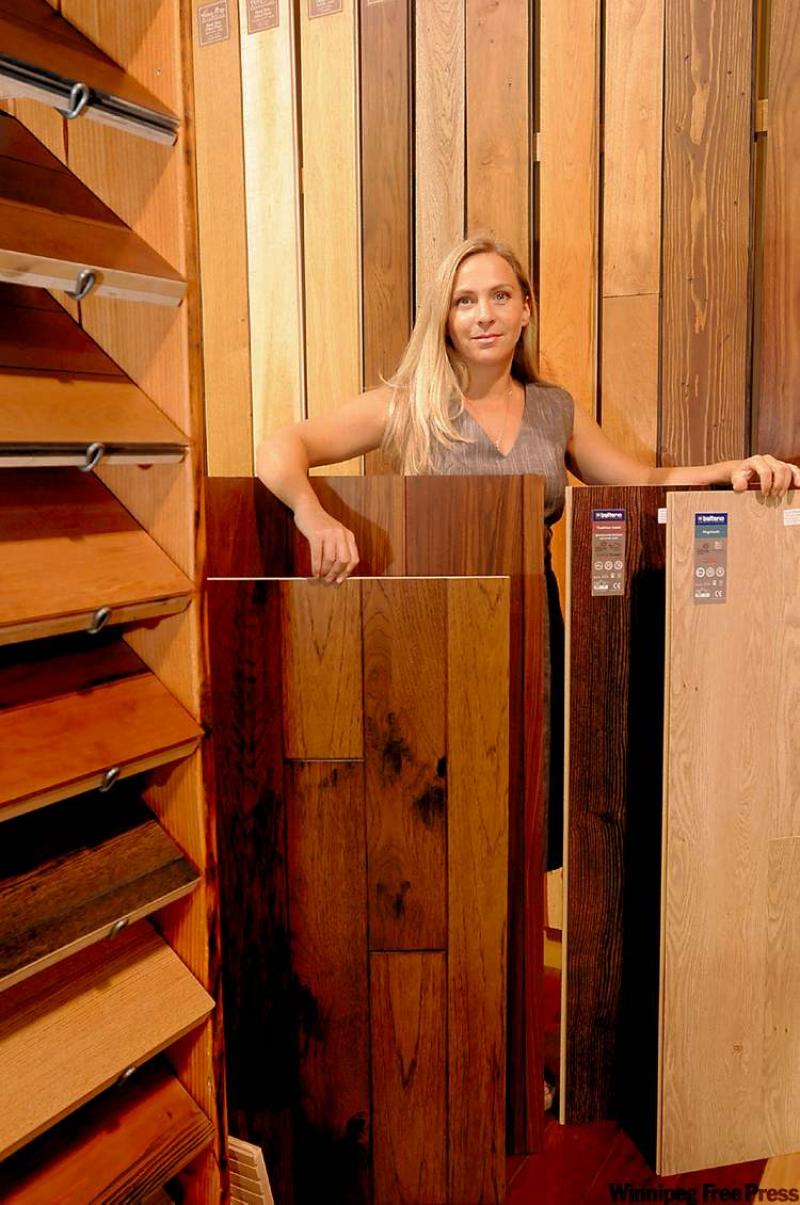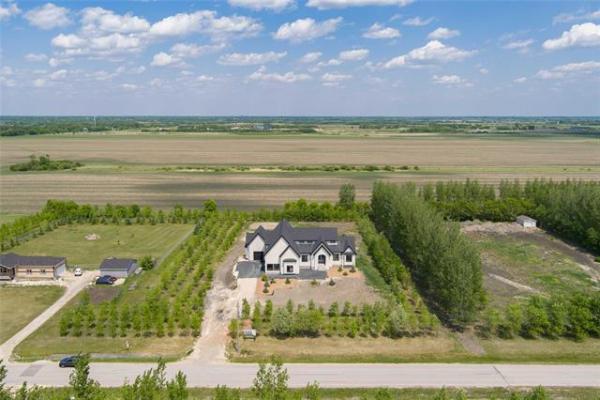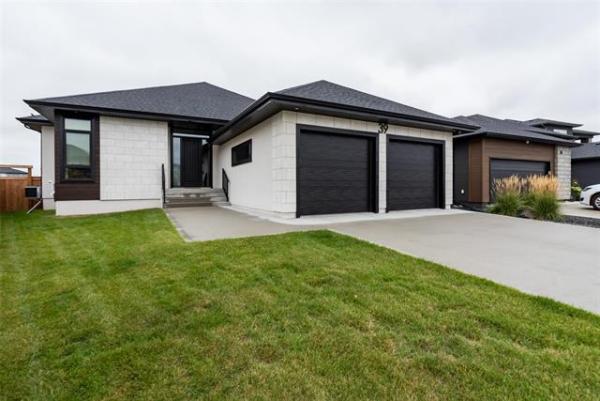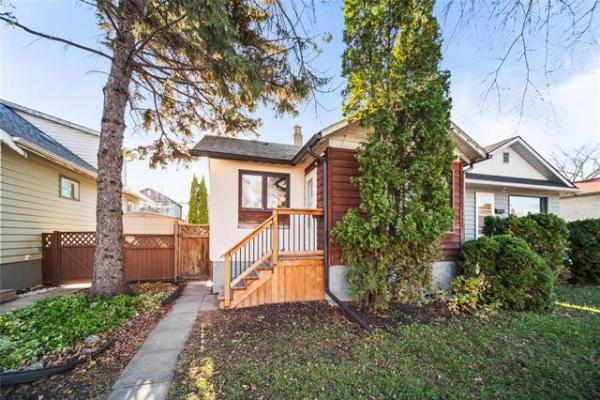
KAMLOOPS, B.C. -- Overwhelming is the best way to describe the number of choices consumers face with regard to one of the most important decisions they must make in their home -- what to put on the floor.
There is a vast array of materials -- from carpet to tile to bamboo and cork -- to throw down and walk on. When it comes to floors, who would have thought there could be so much variety?
But two of the most common choices homeowners make when it comes to upgrading or installing new floors are hardwood or laminate.
Hardwood has long been one of our most popular flooring options, with a lot going for it. It is clean, durable and attractive. It is warm to walk on and muffles noise.
It is also expensive. That factor inevitably led to the development of a wood-like option seen more and more these days on the floors of people's homes -- laminate flooring.
Janice Bickert, co-owner of Len's Wood Flooring in Kamloops, said laminate is a popular choice for floors.
Technically, laminate flooring is wood flooring. In fact, it is an eight- to 15-millimetre-thick high density pressed wood fibreboard covered with a paper-thin photographic image depicting some kind of surface (usually wood grain), protected by a hard durable finish.
Laminate planks are typically 48 inches long, varying in width up to several inches. Laminate is a floating floor, meaning it is not glued or otherwise attached to the substrate beneath.
The finish on laminate flooring is typically extremely durable, more so than with hardwood floors. It's needed, however, because if a plank is damaged, it cannot be repaired. Scratches that go through the finish and damage the photographic image can't be repaired.
The finish on laminate is harder than on hardwood floors, meaning small scratches and marks will show sooner on hardwood than on laminate floors.
"(Laminate) is going to hold up a lot better in high-traffic areas," she said.
Good laminate can last 20 years. Lower grade laminate might need to be replaced in as little as three years.
Laminate can be bought as low as 80 cents per square foot, ranging up to $7 per square foot for a high-quality laminate. Laminate also requires a foam underlay, which must be factored into the cost. That will bring the price closer to $3 to $5 per square foot. Higher grades of laminate will add to the cost.
With all that it has going for it, what is laminate flooring's biggest downfall? Well, it's still not hardwood, Bickert said.
Despite the increasing care and attention manufacturers have paid to building better qualities of laminate, it does not look the same.
"Regardless of the grade of laminate you put in, people will look and say, 'You have laminate.' No matter how good a laminate is, it's still a laminate," she said.
A real wood floor has a distinct appearance that can't be duplicated. There is also a staggering array of flooring woods, from domestic oak, fir and maple exotic species cut from the jungles of far-off places. There is an equally overwhelming range of stains and finishes for real wood.
Bickert said she prefers hardwood to laminate for one main reason -- real wood can be refinished. A damaged or worn laminate floor needs to be pulled up and landfilled, while hardwood can be brought back to life with sanding and a new finish.
Real wood can be repaired if deeply scratched, she added. It is warm and deadens sound more naturally, because it is thicker.
And hardwood floors hold their value better as well, Bickert noted. Laminate floors are disposable floors, while hardwood is put down to last. People appreciate hardwood more than laminate.
Hardwood costs more than laminate, generally in the $5 to $15 per square foot range, but high-end exotic or reclaimed wood floors can easily hit $50 per square foot.
Bickert said the fact a hardwood floor can be refinished for much less than the cost of the purchase price (and less than the price of laminate) is a big selling feature for most people. It costs about $3 per square foot to sand and refinish hardwood floors.
She said hardwood floors require regular maintenance to keep their finish looking good. Sanding a floor is not a job homeowners want to have done regularly, so it pays to pay attention and use cleaners designed specifically for hardwood finishes.
Lastly, people with hardwood floors should make sure their homes are well humidified in the winter when the air dries out. Real wood can shrink and swell with changes in humidity, opening small gaps between planks.
-- The Canadian Press



